There's something about the LED formula that I don't understand.
It says that if I have one LED with a forward voltage of 3V and a forward current of 20mA then if I want to drive my circuit with a 6V battery, the formula to determine the resistor's value for the LED is:
$$\frac{(6-3)V}{0.02A} = 150\Omega$$
In a circuit with the elements connected in series the amperage is the same anywhere.
So by using the formula differently:
$$\frac{6V}{150\Omega} = 0.04A$$
So does the LED is actually driven by 0.04A?
The formula is of course correct, but I don't understand where my logic is mistaken. Can someone help me?

